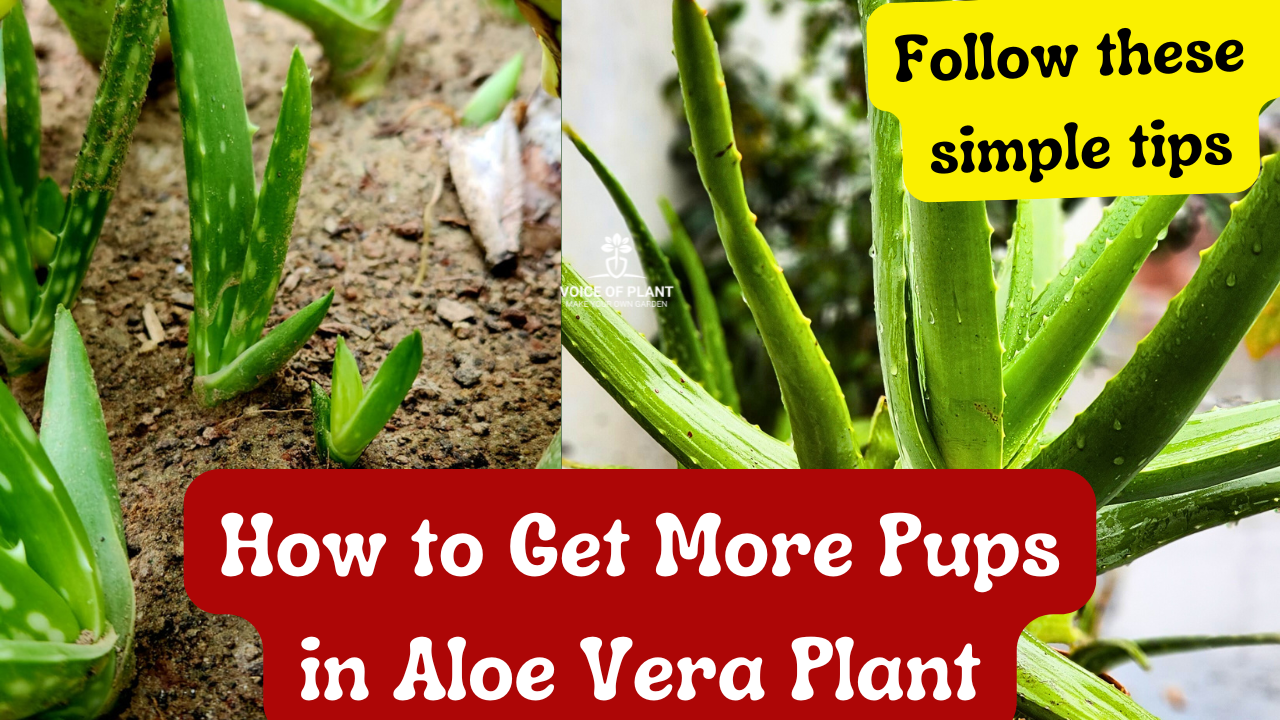How to Get More Pups in Aloe Vera Plant
Introduction
Aloe vera is a household favorite, cherished for its soothing gel and low-maintenance nature. But did you know that your aloe plant can become a propagation powerhouse? By nurturing your aloe vera properly, you can encourage it to produce more pups—miniature versions of the parent plant. These pups are a great way to expand your plant family or gift loved ones a piece of your green haven.
Understanding Aloe Vera Pups
What Are Aloe Vera Pups?
Aloe vera pups, also known as offsets, are small, identical clones of the parent plant that grow from the base. They share the same root system until they’re mature enough to be separated and planted individually.
Why Do Aloe Vera Plants Produce Pups?
In nature, pups are the aloe plant’s way of spreading and reproducing. When the plant is thriving, it directs energy into creating these offspring to ensure survival in its environment.
How to Get More Pups in Aloe Vera Plant
Choosing the Right Aloe Vera Plant
1. Healthy Parent Plant is Key
For a plant to produce pups, it needs to be healthy and thriving. Look for a mature aloe vera with thick, fleshy leaves and a robust root system.
Signs of a Pup-Ready Aloe Vera
Aloe vera plants typically start producing pups when they’re about 1-2 years old. You may notice small green shoots emerging from the soil near the base of the plant.
Best Growing Conditions for Aloe Vera
1. Soil Requirements
Aloe vera thrives in well-draining soil. Use a cactus or succulent mix, or prepare your own blend with sand, perlite, and potting soil.
2. Sunlight Needs
Place your aloe vera in bright sunlight. While it can tolerate direct sun, too much exposure can stress the plant and inhibit pup production.
3. Watering Practices
Water your aloe vera deeply but infrequently. Allow the soil to dry out completely between waterings to mimic its natural desert habitat.
Techniques to Encourage Pup Growth
1. Providing Adequate Space
Overcrowded pots can hinder pup growth. Ensure your aloe vera has enough room to expand its root system.
2. Fertilizing the Plant
Aloe vera doesn’t need much fertilizer, but a light feeding of a balanced, organic fertilizer during the growing season can encourage pups.
3. Stressing the Plant Slightly
Mild stress, such as reducing water frequency or sunlight slightly, can sometimes trigger the plant to produce pups as a survival mechanism.
Common Mistakes to Avoid
- Overwatering: Too much water can cause root rot and harm both the parent plant and pups.
- Neglecting Soil Quality: Poor soil drainage can stunt growth and pup production.
Best Times of Year for Pup Growth
Spring and summer are the best seasons for aloe vera to produce pups, as the plant is actively growing.
Aloe vera pups are nature’s gift to plant lovers, offering a simple way to propagate this amazing plant. With the right care and techniques, you can encourage your aloe vera to produce plenty of pups, turning one plant into a thriving collection.
Check this out – Aloe Vera Plant Complete Care
Follow our Social media channel:
1. Voice of Plant – YouTube Channel
2. Voice of Plant Facebook Page
3. Instagram Voice of Plant Channel
Happy gardening!
